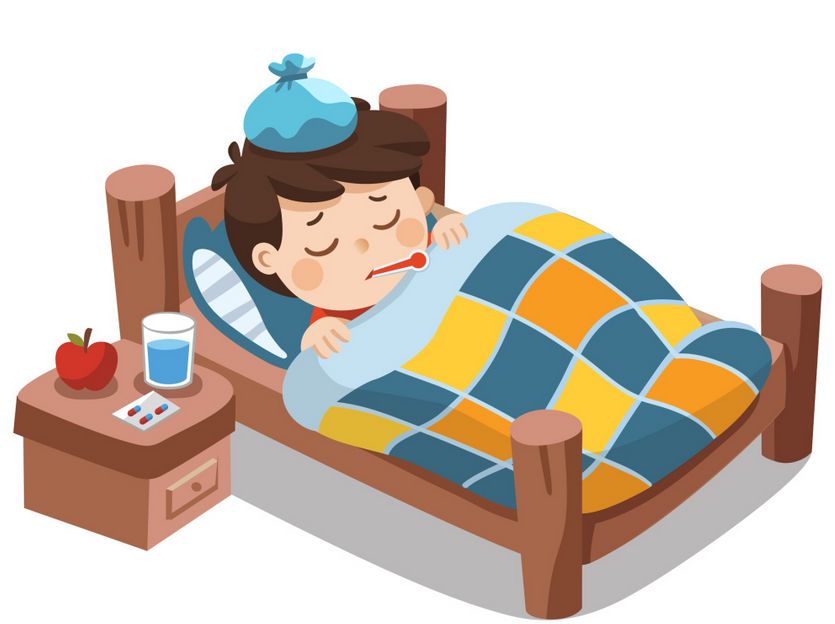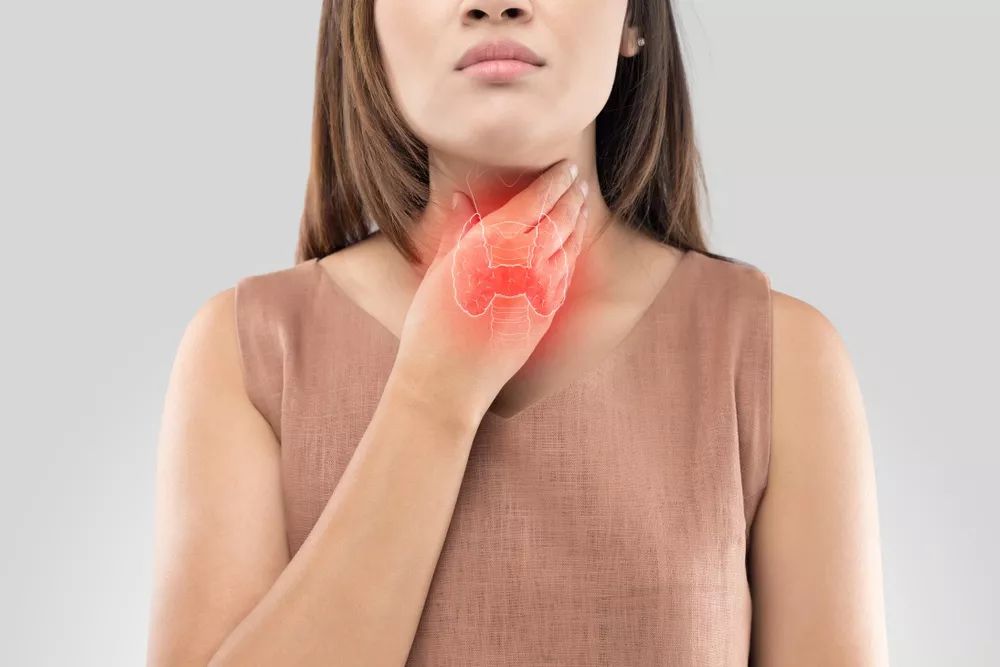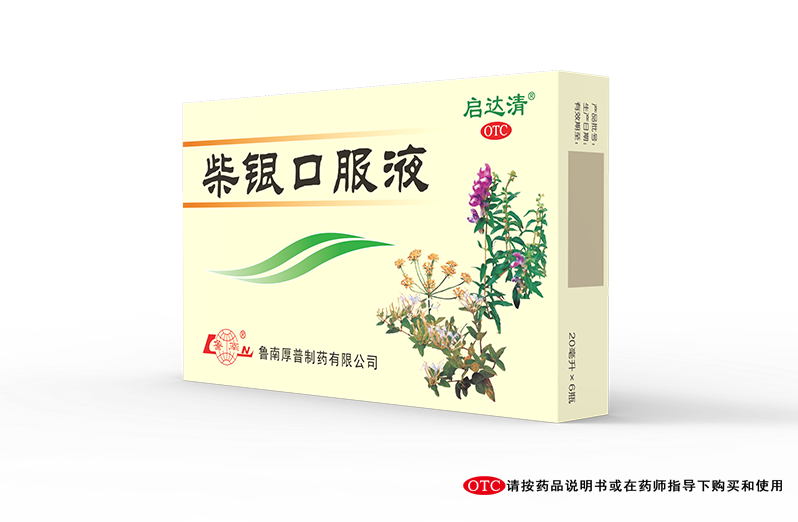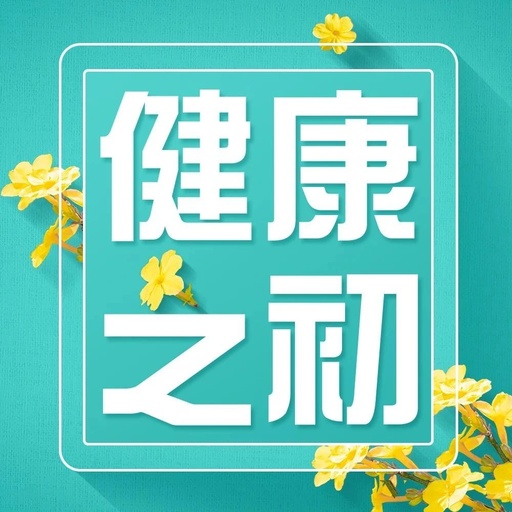Spring weather is quite variable, much like a child’s face, sometimes crying and sometimes laughing. It can be rainy or sunny, with significant temperature differences between morning and evening, alternating between low and high temperatures, making it easy to catch a cold unexpectedly. Although a cold is not a serious illness, it can be quite uncomfortable for a while.
Wang from the office caught a cold, experiencing nasal congestion, runny nose, and sneezing… Based on experience, he took some medicine for a while, but his condition worsened. What could be the reason? Generally speaking, this situation is likely due to a mix-up between wind-cold and wind-heat colds.
>>> In spring and summer, consider wind-heat cold first


Characteristics of Wind-Heat Cold
To treat wind-heat cold, it is crucial to identify it promptly.
In general, wind-heat cold can be divided into two stages.

The first stage of wind-heat cold is when wind-heat invades the lungs. The throat is the gateway to the heart and lungs, so when wind-heat cold strikes, it often causes a sore throat. However, one symptom alone is not sufficient for diagnosis; typically, two to three symptoms are needed for confirmation. If, in addition to a sore throat, you also have a headache, sweating, sticky or yellow phlegm, nasal congestion with yellow discharge, a red tip and edges of the tongue, and a yellow coating on the tongue, meeting at least two of these criteria indicates wind-heat. In contrast, wind-cold cold initially invades the surface, with fear of cold and clear nasal discharge being two typical symptoms.
If the first stage of wind-heat cold is not properly managed, it can progress to the second stage, where heat transmits to the pericardium. At this point, fever symptoms will appear, often with a high temperature, requiring prompt medical attention; otherwise, it may lead to high fever convulsions, especially in children who are prone to pediatric convulsions.


What to Do About Wind-Heat Cold?
A cold is a self-limiting disease, and in most cases, it can resolve on its own within 7 to 14 days. The common practice worldwide is to “drink more water and take fewer medications.” For patients with mild cold symptoms, medication is generally not recommended; however, if symptoms are severe and affect normal life and work, symptomatic treatment with heat-clearing medications such as Chai Yin Oral Liquid (Granules) may be necessary.

Additionally, attention should be paid to the daily care of patients with wind-heat cold. A light diet, adequate hydration, and proper rest are essential. Herbal teas made from chrysanthemum, mulberry leaves, and honeysuckle can be consumed, or methods such as boiling mung beans, making candied bitter melon, and stewing pears with rock sugar can help alleviate internal heat symptoms.
To prevent wind-heat cold, remember not to overindulge in cooling foods and to adopt reasonable methods for heat prevention and cooling, maintaining a regular lifestyle and schedule.
More Exciting Content
➱ Don’t Mistake Rhinitis for a Cold!!!➱ These 5 Diseases Are Common in Spring; Remember the Prevention Methods!➱ Do Dust Mites Really Need to Be Eliminated?➱ Is Milk Suitable for Everyone? Certain Groups Should Be Cautious➱ Is Your Blood Pressure Measurement at Home Accurate? You Might Be Missing These 4 Points!➱ Why Do You Feel Sleepy in Spring? How to Effectively Alleviate It➱ Should You Get Your Nails Done? Here Are the Most Reliable Answers!➱ Does Frequent Headphone Use Affect Hearing?➱ With the Arrival of Fluff, How Should Sensitive Groups Protect Themselves?
➱ Is Your Baby Coughing Nonstop? Do You Know the Causes and Medications?

Editor-in-Chief:Yu Jie
Editor:Xiao Nan

